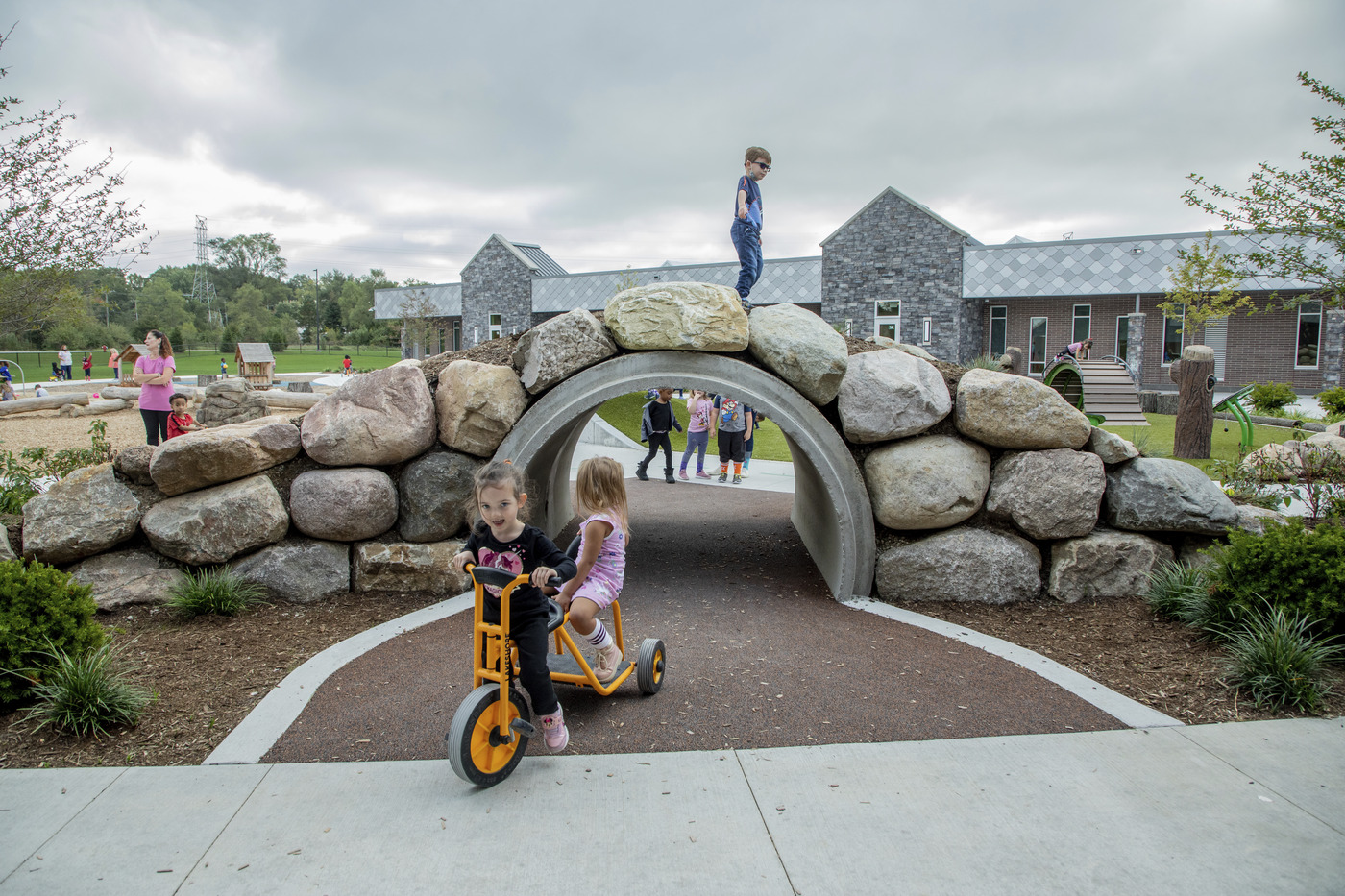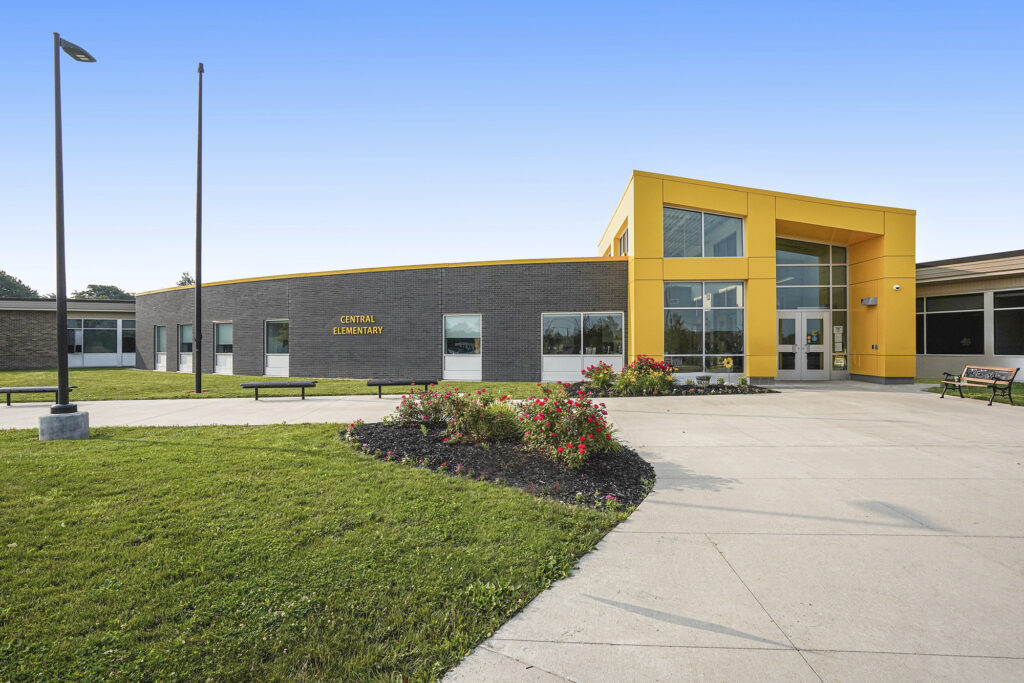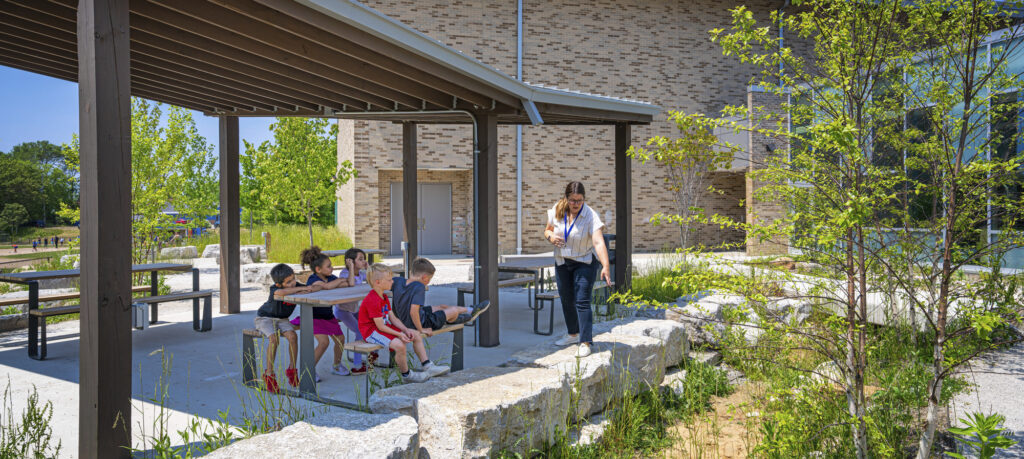Access to high-quality early childhood education changes lives. From boosting brain development to supporting working families, early childhood programs are increasingly recognized as essential resources in public school districts. But how these programs are delivered can look very different from one community to the next.
The question of how to structure Early Childhood Centers is complex. Districts must weigh a unique combination of factors: geography, population density, funding, staffing capacity, transportation, and community needs, among others.
Shared Resources and Centralized ECCs
In a centralized ECC model, a district serves all its youngest learners from one dedicated facility or campus. This approach can appeal to small/mid-size or urban districts seeking to consolidate resources and streamline operations.
Benefits of a Centralized Model:
- Consolidation of resources: Specialized staff like speech therapists, social workers, and early childhood specialists can serve all students from a single location.
- Facility efficiency: Maintaining one site is often more cost-effective than spreading programs across multiple schools.
- Program consistency: Housing all early childhood programs together, like Head Start, GSRP, and tuition-based preschool, promotes consistent curriculum delivery and equitable student experiences.
Challenges of a Centralized Model:
- Neighborhood identity: Centralized ECCs can feel disconnected from local schools, making it harder for children and families to build neighborhood-based relationships.
- Transportation logistics: Families may need to travel farther, and the district may need to account for busing young children and additional drop off/pick up traffic.
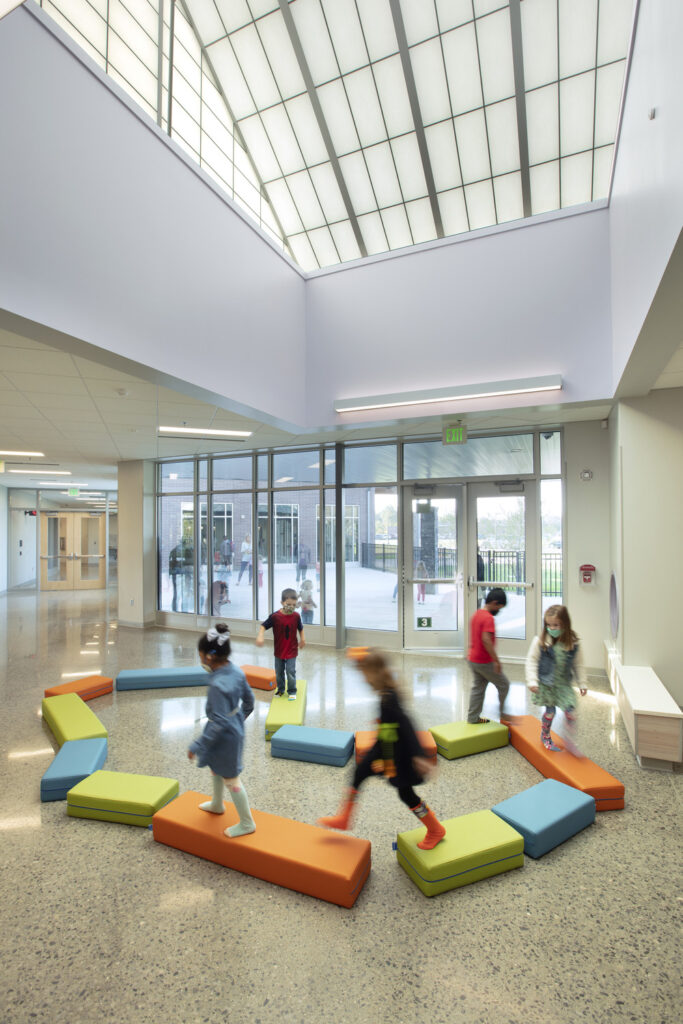
Decentralized or Neighborhood-Based ECCs
In a decentralized ECC model, early childhood programs are embedded within existing elementary schools or operated in smaller, stand-alone centers located across the district. This approach can be especially effective in larger or geographically spread-out suburban and rural districts.
Benefits of a Decentralized Model:
- Greater proximity to home: Families benefit from shorter travel times, walkability, and a sense of familiarity when programs are located within neighborhood schools.
- Fewer transitions: Children may attend preschool and kindergarten in the same building, supporting emotional security and reducing disruptions, especially for at-risk learners.
- Stronger community relationships: Local ECCs can foster neighborhood identity and parental engagement.
Challenges of a Decentralized Model:
- Duplicated services: Districts may need to staff multiple therapists, administrators, and support staff, increasing operational costs.
- Program consistency can vary: Ensuring uniform quality and experience across multiple sites is an ongoing challenge.
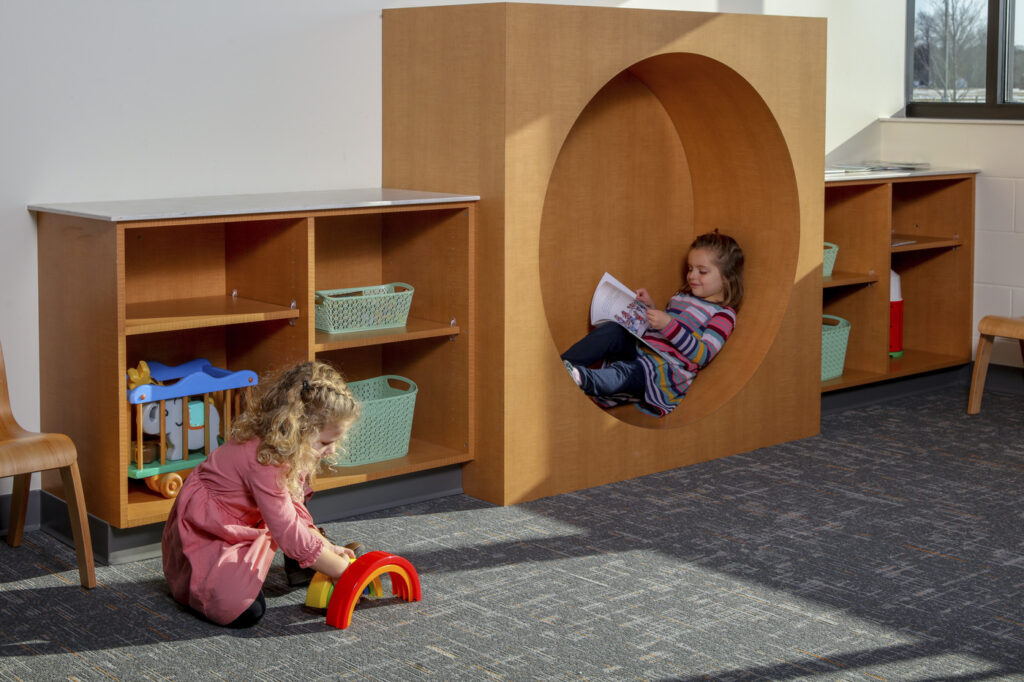
Every district’s ECC strategy is shaped by its unique community. These real-world examples shine a light on different approaches to ECCs:
Building a Centralized ECC at Lake Orion Community Schools
Lake Orion Community Schools sought to bring early education programming from multiple elementary schools under one roof, creating a specialized facility designed specifically for their youngest learners. The new Early Childhood Center accommodates up to 230 students in a safe, welcoming environment tailored to support curiosity, growth, and school readiness. By centralizing early childhood education, the district ensures equitable access to high-quality learning opportunities for all families in the Lake Orion community.
“This is really going to be a child’s first school experience in the Lake Orion Community School district before they get to kindergarten. We also have opportunities for kids to work together with their own families in our center and with the adults that are teaching the programs.” – Kimberly McLean, Director of Early Childhood Services at the ribbon cutting.
With its dedicated spaces, purposeful design, and focus on building relationships from day one, the Early Childhood Center sets the stage for a strong start and lasting connection to the Lake Orion community.
Following a Decentralized Model at Lakeview Community Schools
In contrast, Lakeview Community Schools embraces a more neighborhood-based approach. The district integrated early childhood classrooms into multiple elementary schools, moving the program out of its aging administration facility. Today, Riverside Elementary and Prairie View Elementary each house two early childhood classrooms, welcoming the district’s youngest learners in updated and bright environments. This geographic split shortens commutes and simplifies drop-off for families on different sides of the district, while also fostering early connections between students and the elementary communities they will be part of through 5th grade.
Exploring an Alternative Model at Little Hawks Nature Preschool
Some districts are even exploring more specialized ECC models, like Little Hawks Nature Preschool. Operating independently yet supported by local school partnerships, Little Hawks offers outdoor, nature-based early childhood education. Outdoor models are particularly effective in rural areas where access to traditional facilities is limited. Research highlights benefits such as increased sensory engagement, improved motor skills, and reductions in behavioral issues. Nature-based preschools represent a flexible alternative or complement to traditional ECC facilities, meeting community needs in creative ways.
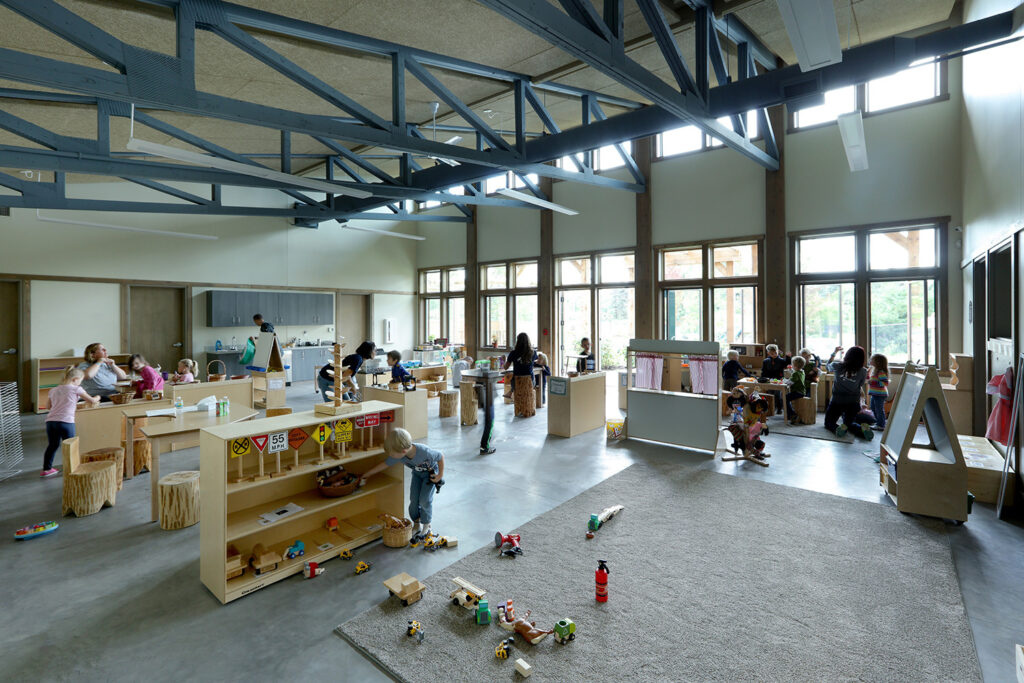
Different Models, Shared Goals
Ultimately, there’s no perfect model for early childhood education delivery. Whether centralized or more distributed, the goal remains the same: ensuring every child has access to high-quality early learning experiences that are inclusive, supportive, and developmentally appropriate.
A key benefit of either model is the opportunity for students to begin building relationships within the district at an earlier age, which is a powerful strategy for both retaining and attracting families. Early Childhood Center programming fosters academic and social growth while also strengthening connections between families and the district, building trust, and positioning the district as a community that invests in its youngest learners.

